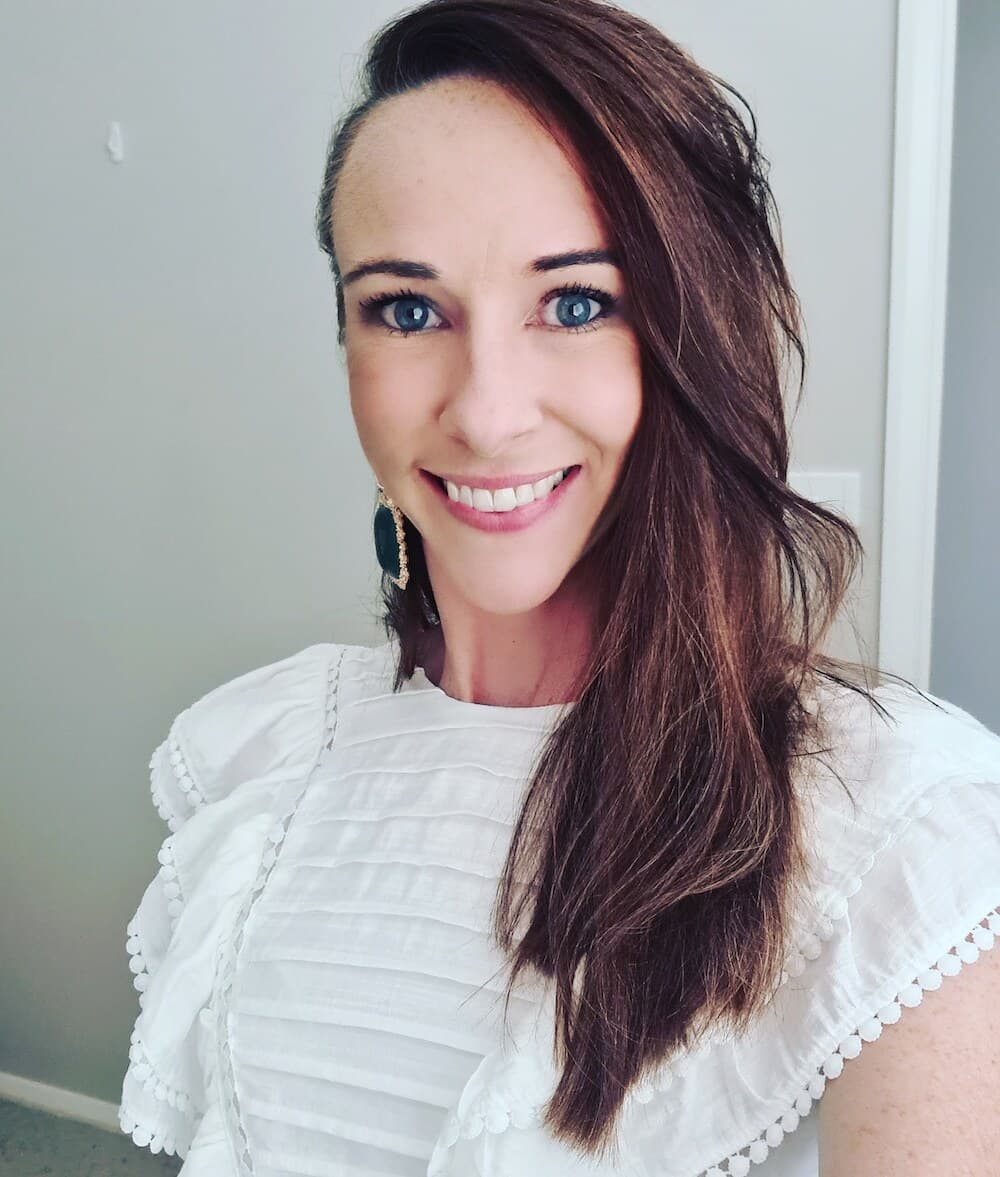From the Myth Smashers: Do donors really love having a brick with their name on it?
As fundraisers, many of us will have seen ‘buy a brick’ campaigns over the years. We even feature some successful ones on SOFII! But 2022 Myth Smashers winner Kellie O’Sullivan isn’t sure putting your donor’s name on a brick is strictly necessary. She thinks it’s less about the brick and mortar or the physical building – and more about ‘building’ a legacy that lays the foundations of community, connection, and collaboration.
- Written by
- Kellie O’Sullivan
- Added
- November 29, 2023
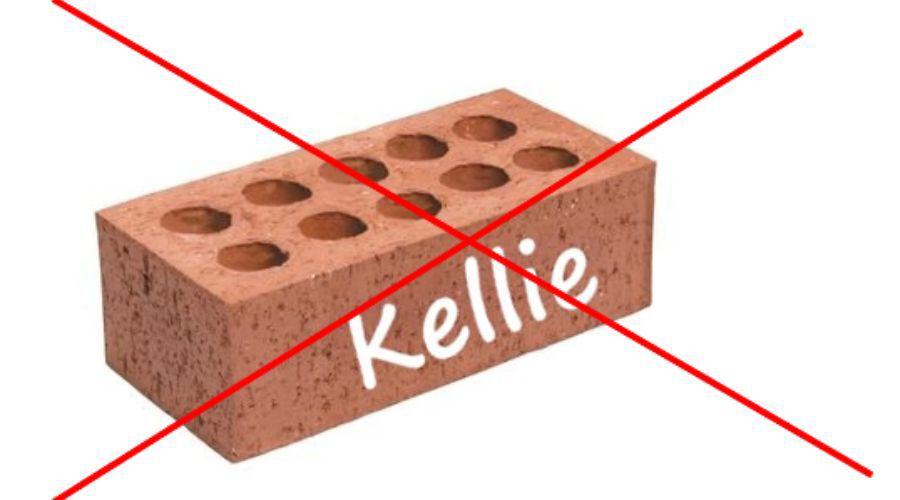
Before I get started, let’s go over what a capital campaign is.
It’s a complex and lengthy campaign to raise a significant amount of money for a large project, generally buildings, infrastructure, and equipment. These tangible projects provide a multitude of opportunities to acknowledge and motivate donors to give – such as having your name on the building or perhaps a name on a brick.
But is that really what’s motivating donors to give? No.
When I started in my role as the University of Newcastle’s Development Coordinator for Alumni House – which is the University’s 15-million-dollar capital campaign to build a multi-storey alumni-dedicated building in Newcastle – I was excited. The job description included extensive engagement, coordination, and relationship building; most of my passions tied together!
Funds raised from the campaign would be used to construct a building. As the daughter of a builder, I spent much of my childhood years on construction sites. I remember walking (actually, probably running) on concrete slabs, smelling the scent of sawdust, watching frames being raised, hearing cement mixers churning, and seeing bricks being laid.
I also love anything tangible. Anything I can see and experience allows me to passionately, empathetically, and genuinely be involved.
Really, this role completely aligned to many of my interests! I’m also quite a rational thinker, possibly an anomaly for a fundraiser, but here I am. So, working on a project that would result in the construction of a landmark building in the heart of my city… well, I thought I’d landed quite the role.
Then it hit me. And I like to think us fundraisers are an honest bunch, so I’ll be completely transparent.
When it came to fundraising, why would someone give to a building? Sure, it’ll look great, but that’s not enough, is it? How on earth am I going to write emotive communications to encourage and inspire people to philanthropically contribute to a building?
Then I read the business case and many, many pieces of collateral. And it hit me like a tonne of bricks – pun completely intended. People aren’t giving to the building; they’re giving to the impact the building will have. They’re giving to what the building facilitates and the lives it will change.
It's a myth that people give to see a brick with their name on it. It’s just not true.
It’s not about the brick and mortar and the physical building; it’s about ‘building’ a legacy, about laying the foundations of community, connection, and collaboration.
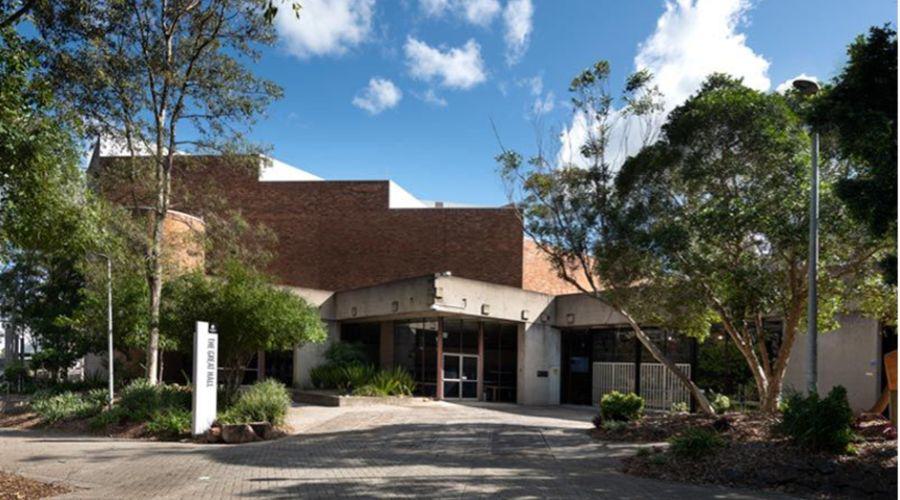
Ironically, in 1966 the University of Newcastle utilised a ‘buy a brick’ campaign concept to raise money for the University’s trademark building – the Great Hall. It was opened in 1973 and since then thousands of alumni have walked across the stage of the Great Hall to receive their certificate. This prestigious building is home to life-long memories, celebrations, ceremonies, and events.
I don’t think those donors were motivated by having their name on a brick and I certainly haven’t witnessed one person wandering around the building looking for their name on a brick. Not one.
But I, along with thousands of fellow graduates, will remember the feeling sitting in that packed auditorium with our classmates, eagerly awaiting our name being called to walk up the steps onto the stage and feeling that the past three years of my life were about to be celebrated and cheered.
The Great Hall was built as the result of a capital campaign made possible by the community and became a significant physical and emotional place in my life and the lives of thousands of other alumni. And I’m yet to see one name on a brick.
The donors and philanthropists who made that building possible weren’t motivated to give so they could see their name on a brick.
They gave because the purpose of that building – what it would deliver to the community and the lives it would impact – resonated with their intrinsic values and passions.
Of course, I should address the ‘elephant in the room’ and what I’m sure some of you are thinking. Yes, there are numerous buildings named after their major gift donors, or plaques attached to buildings in honour of their contributor. And some donors are quite motivated by this. But those people didn’t just donate money for their name to be on a building or on a plaque; they donated because they had an emotional connection to the outcomes delivered by that building and the lives it would change.
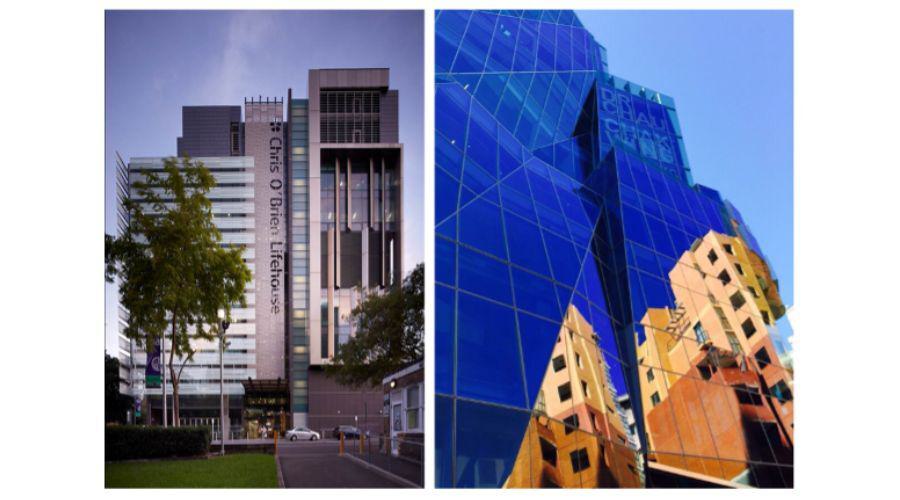
Donors give to a cancer centre because it will provide quality patient care. They give to the local neighbourhood centre so kids can participate in sports in a safe, indoor arena, or to a sporting centre of excellence because it will allow people to train in a purpose-built facility that will push athletes to their highest potential. Perhaps they contribute to a university because they are inspired and passionate about learning, education and the opportunities for students to achieve academic excellence.
The underlying motivation is the difference the buildings will make to the lives of others. It has nothing to do with seeing a name on a brick.
As fundraisers, we inherently value community, connections, ‘building’ relationships and enabling opportunities; it’s the foundation of our work. They’re components of our profession that I’m sure every person in this room can relate to.
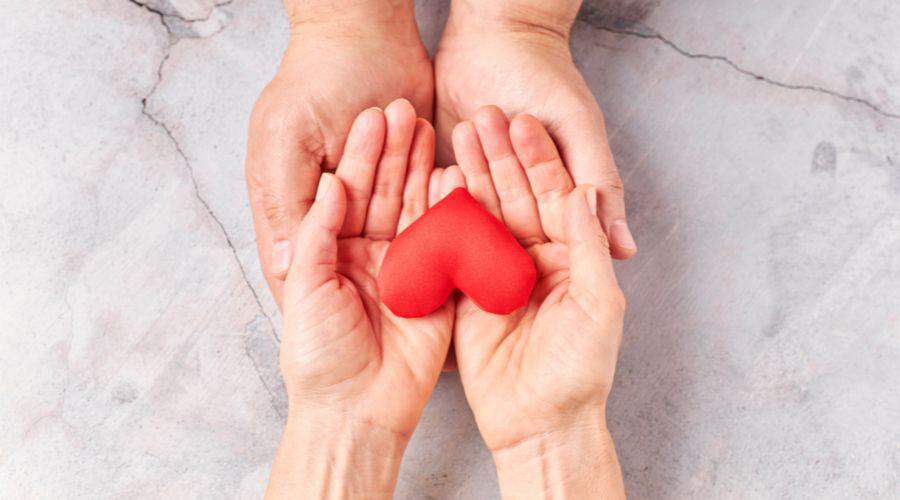
We chose this profession because we are dedicated to making a difference.
As I said at the start, I want to be completely transparent. I’m one of the donors that we, as fundraisers, love – the ones we convert from non-believers (in my case, not believing in the purpose of donating to a building) to donors. I’ve since donated to a capital campaign and not because I want a brick with my name on it.
But because I passionately believe the campaign will have an enormous, life-changing impact on thousands of people for many years to come.
And because through the eyes of that little girl, sitting on house frames or one of dad’s eskies*, eating sausages rolls with him during his lunch break, or running along the slabs driving him insane – they are some of my most treasured childhood memories.
I couldn’t tell you how large those homes were, my name isn’t on one of those thousands of bricks I’ve seen laid or scratched into the depths of concrete slabs. Instead, the emotions of what those houses evoke are etched into my fundraising heart, and the images imprinted in my rational thinking mind.
*Eskies are portable insulated containers for keeping food and drink cool.
IMAGES: © All images supplied by Kellie O’Sullivan, the University of Newcastle or Canva



